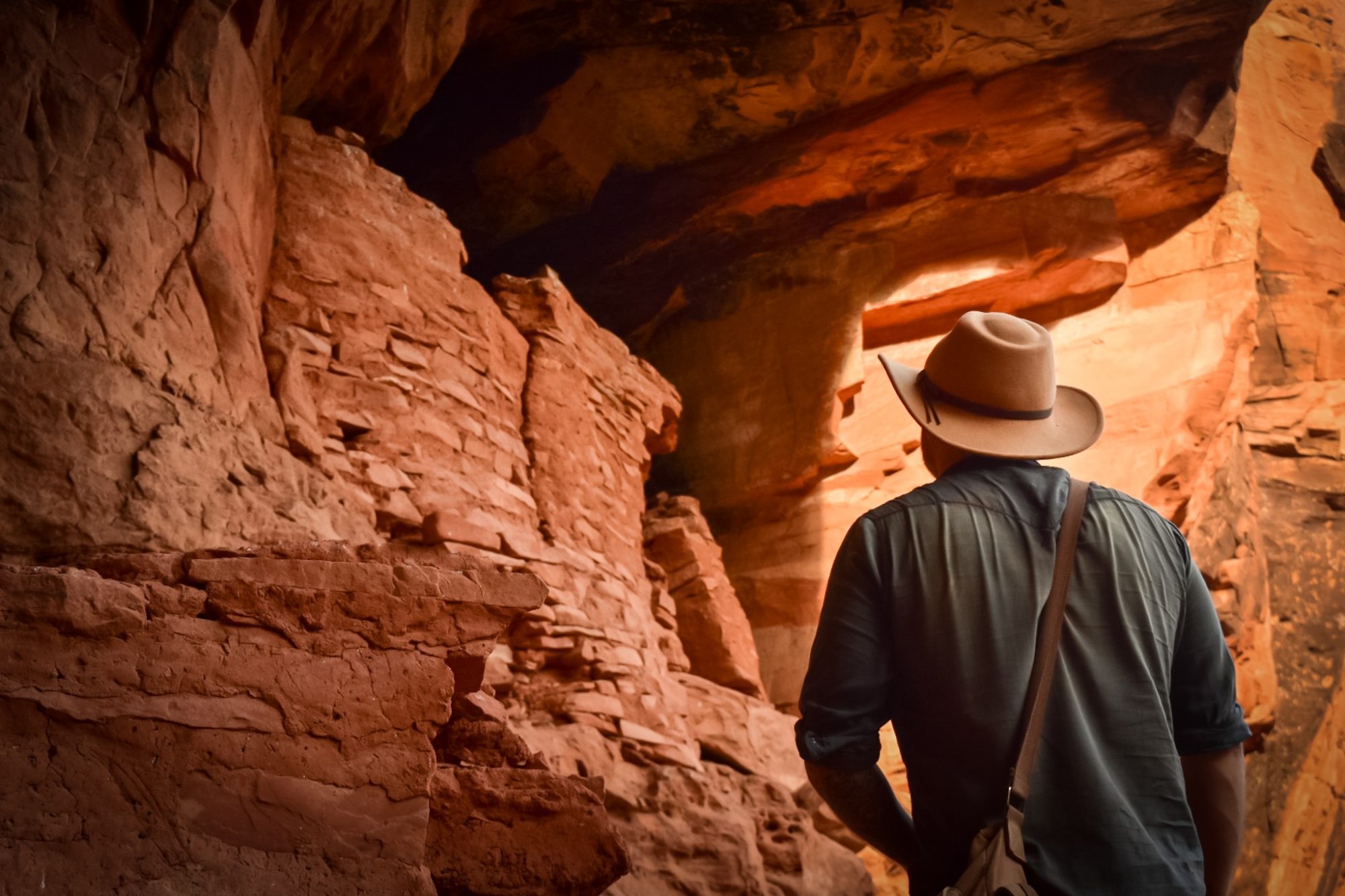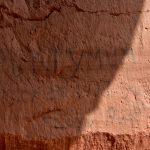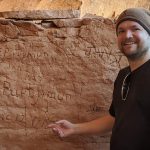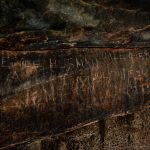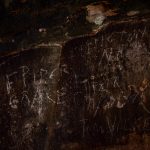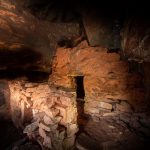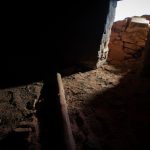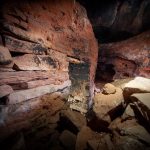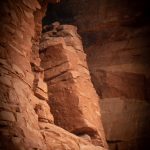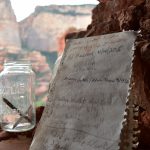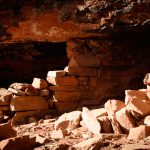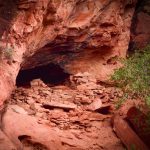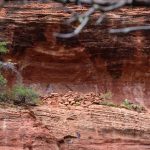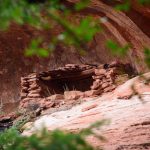If you’ve followed my work for any length of time, you undoubtedly are familiar with my love for Sedona. While it may be a world-famous tourist destination, it’s a great place to escape the crowds—and actually, if you go far enough into any Sedona canyon, you are unlikely to see anyone. But beyond the views that go for days, there are the unseen mysteries, the history hidden deep in its wilderness.
When talking (or writing) about Sedona’s ancient past, it’s impossible to avoid the Sinagua. Archeologists estimate a Sinaguan presence in the Red Rocks as early as 1125 A.D. No other culture, including the Hohokam, who were also dispersed throughout the Verde Valley at the time, had such a tremendous presence and influence over the region. Consequently, most of the ancient ruins and artifacts you’ll find in the area likely belong to the Sinagua.
Of every site I’ve visited in Sedona, I have two favorites: what some refer to as the “Ladder Ruins” (which I will write about sometime) and the one we’re covering today.
Unlike many dwellings in the area, this site is incredibly preserved—in fact, most of its original mortar is still intact. There are a number of reasons for this, such as climate and the protection of the alcove, sheltering its walls and artifacts from the elements and natural decay.
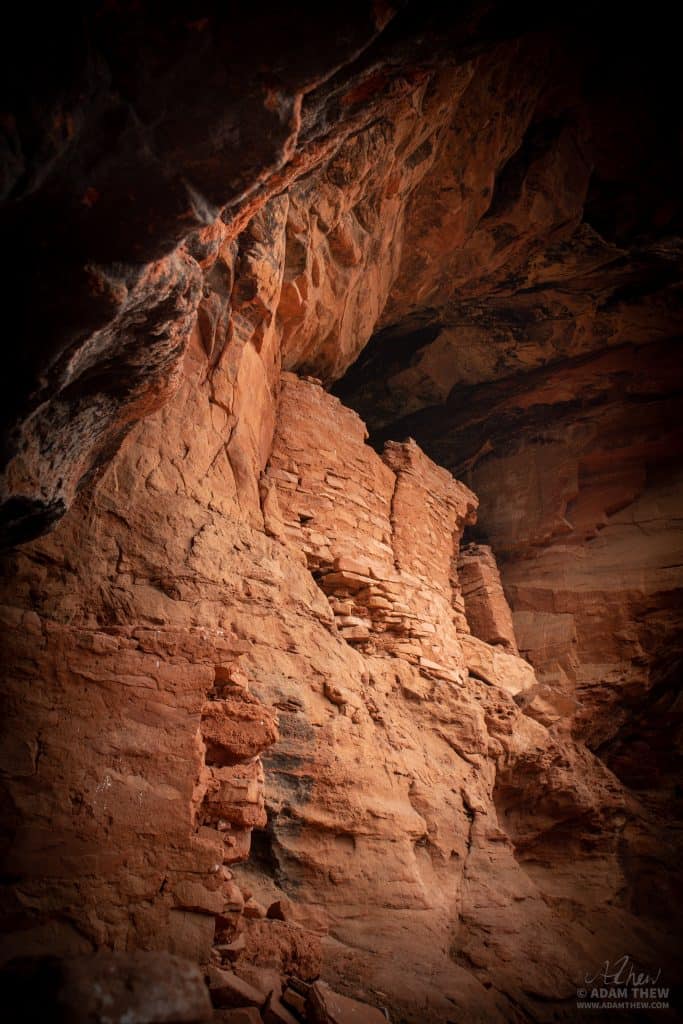
The site’s location is well-hidden from your every-day hiker, and a challenge to get to, even knowing where to find it. Even if you were to make it there, there’s no guarantee you’d have the stomach to climb up and down from the main structure, which is scary, to say the least. All this protection greatly benefits the site.
However, the site is not impermeable, of course. Even at ground level, you can see graffiti marring the walls of the alcove. Unwanted vandalism aside, this draws another parallel between this site and the Ladder Ruins, as both are scarred with the Purtymun name. The Purtymuns were pioneers in the area a century ago, and they left their mark across a number of Sedona ruins. Since they dated their visits, you can see they were at both of these sites a little over a month apart—here on October 31st, 1917, and the other, December 12th, 1917.
Today, there are visible signs of at least six different rooms, although it is likely to have had more. Only one prominent wall remains on the ground floor with a second shorter wall perpendicular to it. Beyond this larger wall is a small cave, and beyond that is a smaller, narrow cave—perhaps they would have stored something here. Large rock slabs, once having been stacked and held together as the walls of this residence, now lie scattered along the boundaries of the alcove.
Below you can see a blatant difference between the ground and floor, where they built up and leveled off. This part of the dwelling is exposed, and subject to regular weathering, but it is likely people had their role to play as well. I asked my friend Dan Kasper, a former archeologist, his thoughts on this. According to him, people as far back as the 1800s would chip away little pieces to take home as souvenirs. This practice was especially bad in the 50s and 60s, with the popularity of the western movie genre.
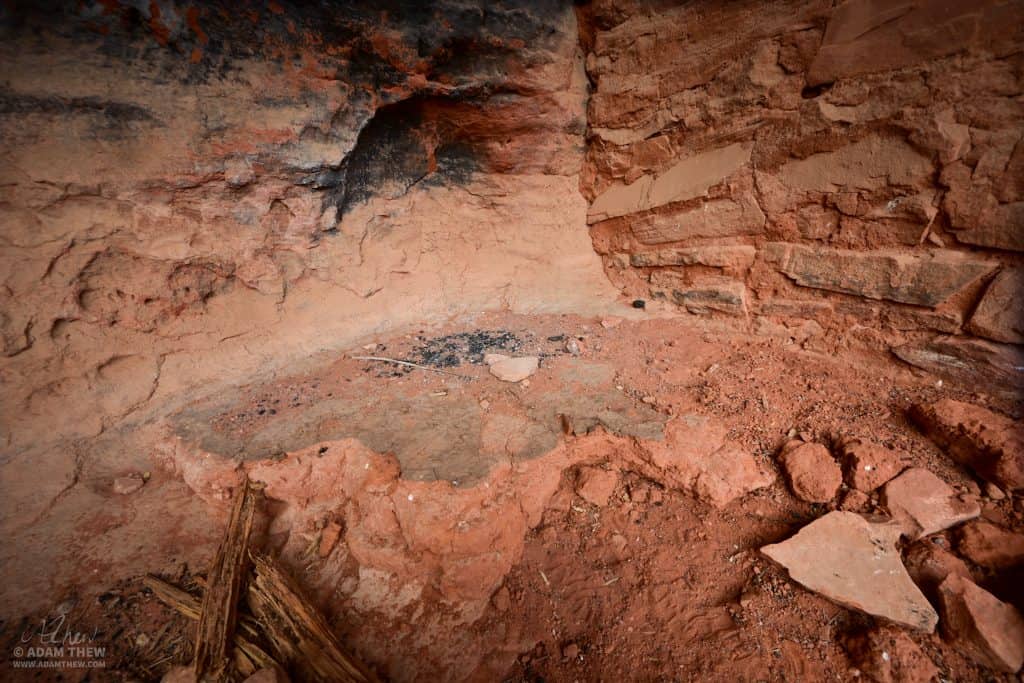
Strewn among the many pockets of stone, and buried in the sand, are a number of typical artifacts—corn, agave, quid, pottery sherds, and lithic scatter, are all here. Not as obvious as those, a beautiful (but broken) metate and mano (also broken), can be found.
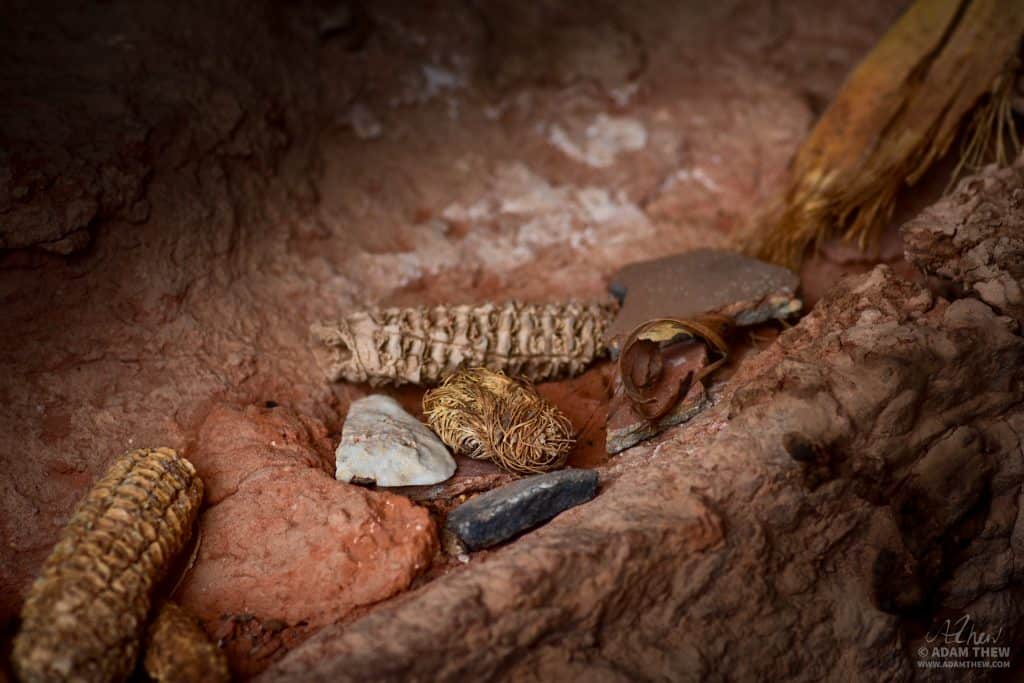
Related Article: The Metate and Mano, Ancient Food-prep tools.
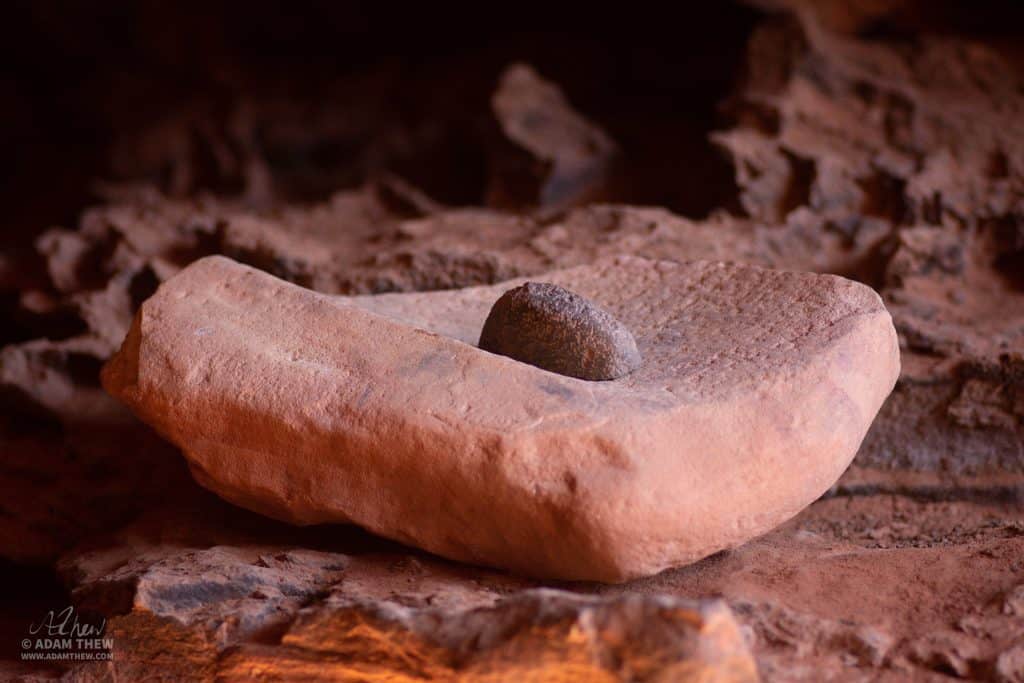
As mentioned before, getting up to the second floor is fear-inducing. Both floors were likely linked by a ladder, at one time. If you were to manage, however, you would find three distinct rooms, and a sort-of hallway dividing the large backroom from the front two rooms. A large portion of this space between rooms is covered in debris. The standing walls of this upper cavern average around five feet tall, except that of the backroom, which reaches to the ceiling (which I didn’t measure, but is probably around 9-10 feet high). The wall between the smallest room, and the outside is slowly collapsing inward—it’s hard to say how much longer it will remain upright. The final room, in the very back of the cave, is generous when compared to the other rooms. Although the ceiling quickly slopes downward, it still is quite spacious. Hardly any natural light reaches this room, and is very dark—evidence of fire can be found in soot covering the roof.
This whole site is located up a sloped terrain, more easily defended. Their views were unobstructed from the surrounding area, except somewhat to the east, by a large rock spire. This would not have been a problem, necessarily, as another dwelling can be found on the other side—their neighbors. In fact, much of the surrounding area provided shelter to what were likely friends and family, with the whole plateau acting as somewhat of a neighborhood, or village.
We found seven sites within a half-mile—six being other dwellings, and one being a granary. With so many living nearby, this would have had positive effects on both trade and defense.
I hope you enjoyed that read! To stay up-to-date on all things Arizona Jones, be sure to subscribe to my weekly newsletter! And, if you like my work, please support me, by visiting my online store, and sharing my articles on your preferred social media!

